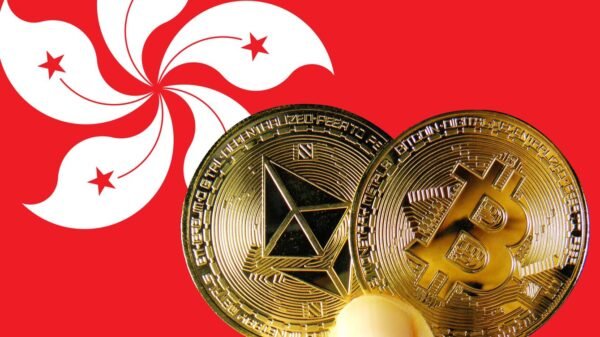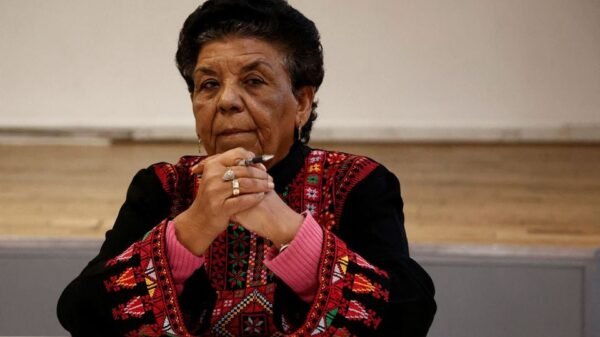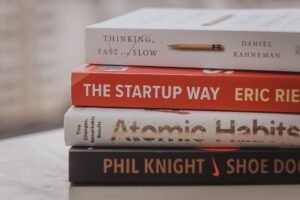China’s enormous manufacturing sector, which accounts for a third of the world’s second-largest economy by value, lost pace in March as weak export orders overshadowed a surge in activity led by a recent escape from restrictive COVID-19 restrictions.
March’s manufacturing purchasing managers’ index (PMI) was 50.0. February’s 51.6 figure was the first monthly activity expansion in seven months.
The Monday survey findings were below Reuters’ 51.7 estimates, matching Friday’s official PMI’s weaker increase. The 50-point indicator divides monthly growth from decline.
“The very small and short-lived pick-up in the manufacturing PMIs in the first quarter shows that the industrial sector has only gotten a minor lift from reopening,” Capital Economics noted.
This is partially owing to a worse global backdrop, but it also supports our assumption that the services sector, which was severely hurt by the zero-COVID policy, will lead to the coming rebound.
After last year’s 3% growth, Beijing has set a modest objective of roughly 5%.
On Monday, state-owned financial publication The Securities Times predicted that China’s first-quarter GDP grew approximately 4.0% as consumption rose and infrastructure investment remained strong.
Nie Wen, a Shanghai-based economist at Hwabao Trust, predicted poor foreign and internal demand rebound in the coming months.
Nie revised the GDP projection to 3.7% from 3.5%, expecting first-quarter GDP statistics to largely reflect the strength in manufacturing and services at the start of the year.
The relaxation of COVID-19 containment restrictions helped the world’s second-largest economy rebound in the first two months of the year, with the services sector leading the way.
A property crisis, lower global demand, and financial uncertainties doubt the revival.
“Economic recovery is unsteady. Domestic demand, notably household spending, will still drive economic development “Caixin Insight Group senior economist Wang Zhe stated.
March sub-indexes fell due to weaker production and demand growth.
After temporarily rising in February, the new export orders sub-index dipped to 49.0, indicating sluggish worldwide demand.
On Friday, the services sector expanded at the highest pace in almost 12 years, bolstering optimism of a consumption-led economic resurgence as global demand weakens exports.
Thursday’s Caixin/S&P Global services purchasing managers’ index (PMI) will focus on small and medium-sized private-owned firms.
Last week, China’s premier Li Qiang pledged to boost consumption and investment to boost GDP. As a result, the central bank cut the reserve requirement ratio last month.
Markets applauded as senior Chinese leaders recently eased their stance toward the private sector.
“The new economic team is formally taking charge, we will likely see more pro-business measures coming forward, even though our forecast for stimulus is limited,” Citi wrote in a research note.












































Comment Template